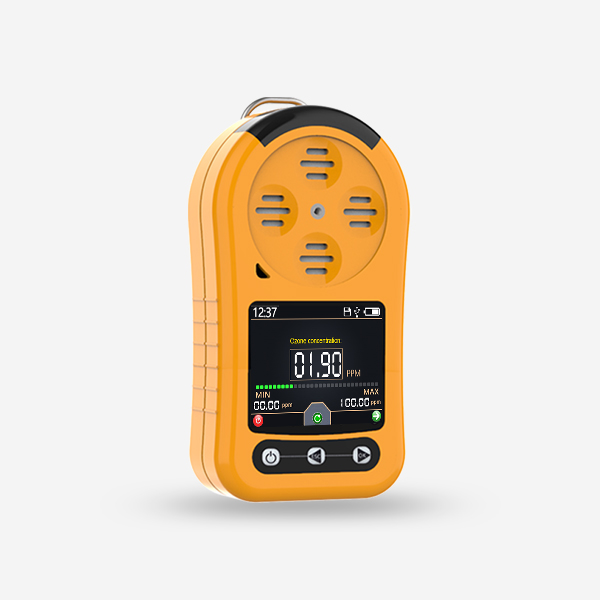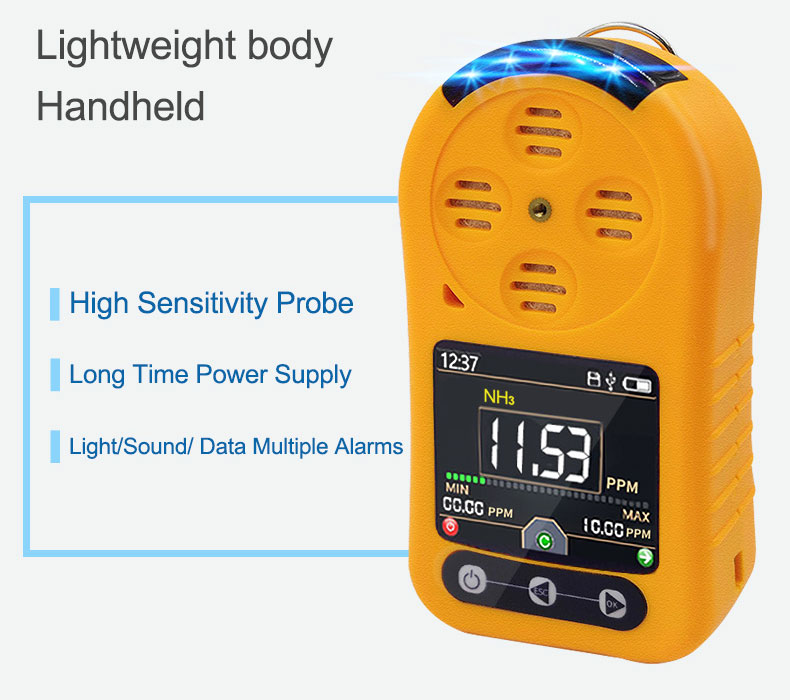Gas Monitors
Why are gas monitors an important tool for ensuring personal safety in harsh environments? In many industrial Settings, exposure to gases can pose serious health risks to workers. In this article, we will explore the importance of gas monitors in industrial Settings, what they do and how they work.

Firstly, it is important to understand that gases in an industrial setting can come from a variety of sources. Some gases may be naturally occurring in the environment, such as carbon dioxide or methane. Others may be produced through industrial processes, such as welding or chemical reactions. Regardless of their origin, exposure to these gases in high concentrations can cause serious harm to human health.
How the gas monitor works
Gas monitors are designed to detect and measure the concentration of gases in the air. They work by using sensors that can detect specific types of gases, such as oxygen, carbon monoxide, hydrogen sulfide, or other dangerous gases. When the monitor detects a certain gas at a dangerous level, it will sound an alarm or provide a warning to the worker, allowing them to take appropriate action to protect themselves.

The main benefits of gas monitors
One of the main benefits of gas monitors is that they provide continuous monitoring of the air quality in a workplace. Unlike manual testing methods, which require someone to physically take a sample of the air and send it to a lab for analysis, gas monitors can continuously and accurately measure gas concentrations in real-time. This allows workers and employers to quickly identify potential hazards and take steps to mitigate them.
Furthermore, gas monitors are an important part of complying with workplace safety regulations. Many industries are required by law to have gas monitors in place to ensure the safety of workers. Failure to comply with these regulations can result in serious legal and financial consequences for employers.

But gas monitors are not just important for compliance and avoiding legal issues. They are also important for protecting the health and wellbeing of workers. Exposure to high levels of certain gases can cause serious health problems, including respiratory issues, headaches, dizziness, and even death. Gas monitors can help prevent this by alerting workers when gas concentrations reach dangerous levels.
In addition, gas monitors can also help identify potential problems with equipment or processes. For example, a sudden spike in gas concentrations could indicate that there is a leak somewhere in the system. Identifying these issues early can help prevent accidents and injuries from occurring.
It is important to note that not all gas monitors are created equal. Different types of sensors and monitoring technologies can provide different levels of accuracy and sensitivity. It is important for employers to choose the right type of gas monitor for their specific workplace environment. They should also ensure that gas monitors are properly maintained and calibrated to ensure accurate readings.
In conclusion, gas monitors play a crucial role in ensuring the safety of workers in industrial settings. They provide continuous monitoring of air quality, help identify potential hazards, and can alert workers when gas concentrations reach dangerous levels. Employers should prioritize the use of gas monitors and ensure that they are properly maintained to protect the health and wellbeing of their workers.